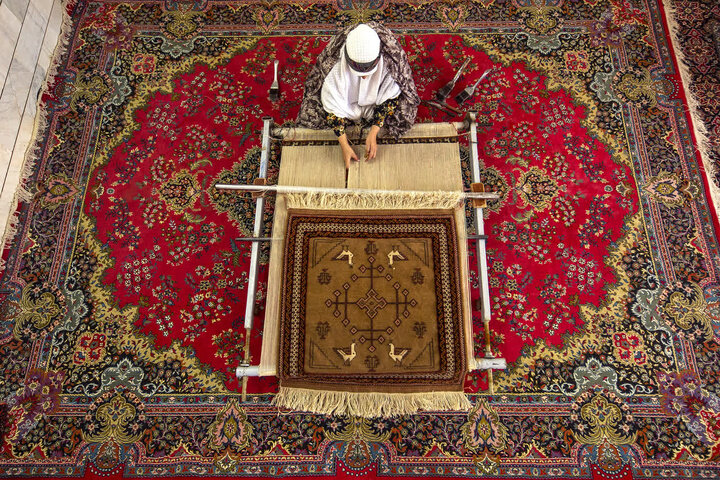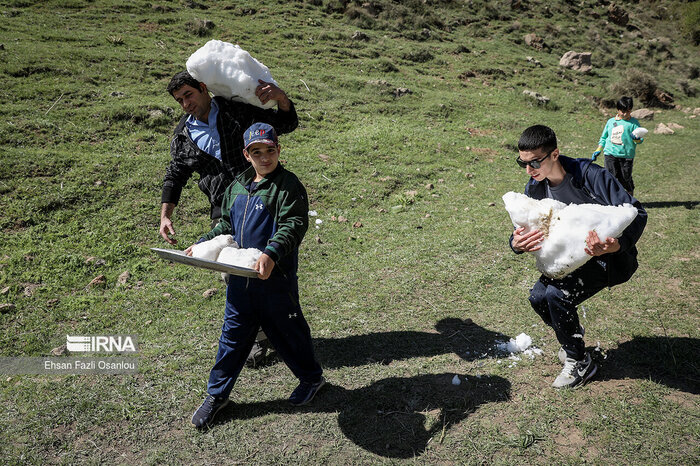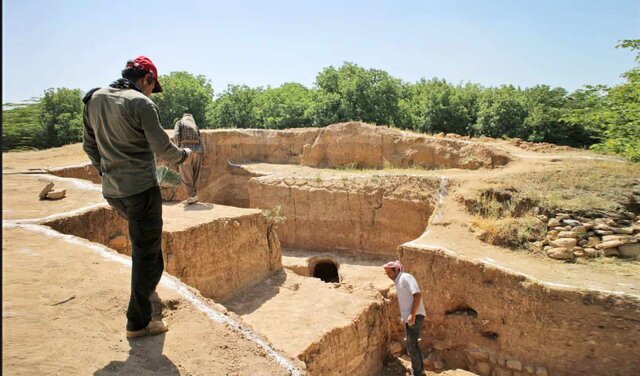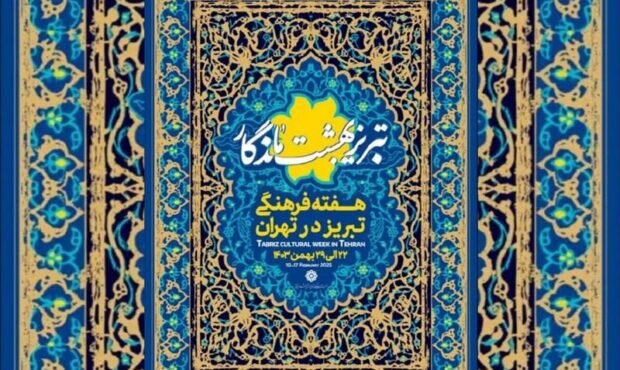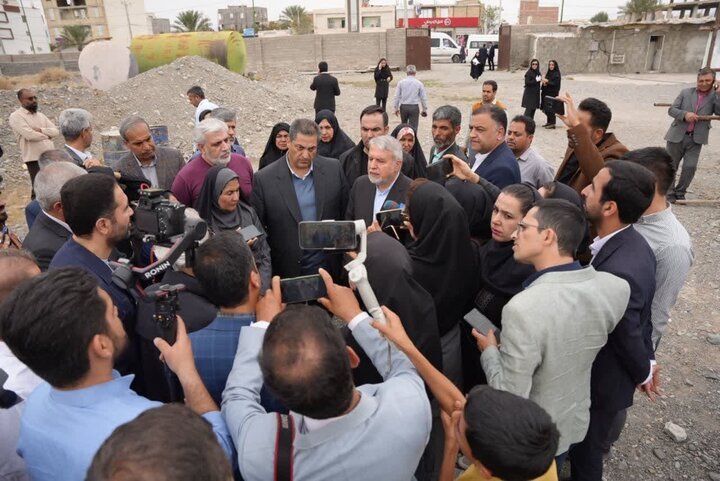Iranian Artisans Showcase Masterful Skills at Sulaymaniyah Expo: A Celebration of Craftsmanship!
Artisans from Iran’s South Khorasan province are gearing up to showcase their exquisite handicrafts at the upcoming Sulaymaniyah Expo in Iraq, scheduled from May 20-26. This event presents a unique opportunity for these skilled craftsmen to introduce their traditional art to a broader audience and promote the rich cultural heritage of Iran.
According to Seyyed Ahmad Barabadi, the director general of the provincial Cultural Heritage, Tourism, and Handicrafts Department, this initiative is supported by both the Handicrafts Department and Kermanshah Cultural Heritage Department. The participation of South Khorasan artisans aligns with the Ministry of Cultural Heritage, Tourism, and Handicrafts’ goals to elevate Iranian handicrafts in global markets.
The artisans from South Khorasan will feature a variety of products, primarily focusing on woven and non-woven fabrics, at a dedicated pavilion during the expo. This effort underscores Iran’s commitment to promoting its cultural exports, showcasing the province’s rich history and artistry.
South Khorasan is renowned for its stunning rugs and carpets, crafted meticulously in various villages throughout the eastern Iranian province. These creations are rooted in traditional techniques passed down through generations, making them not only beautiful but also culturally significant.
Historically, South Khorasan served as a vibrant center for carpet weaving during the Timurid era (1370–1507). The Timurid dynasty’s influence extended to Herat, a city famous for its floral carpets. Over time, the motifs and designs of Herat carpets evolved, becoming smaller and more regular, which paved the way for the contemporary designs still cherished today in South Khorasan carpets.
Some of the notable villages known for their carpet weaving include:
- Dorakhsh
- Mood
- Gask
- Nowzad
- Sarbisheh
- Behelgard
- Nowghab
- Dastgerd
- Ghaenat region
- Birjand
The motifs found in South Khorasan carpets are diverse and rich in symbolism. Some of the most common designs include:
- Rizeh Mahi (small fishes)
- Paisley
- Robee Sa’di (known for its delicate paisleys)
- Kaleh Asbi (horse head)
- Kheshti (four seasons)
- Moharamat
One of the most distinctive patterns, “Rizeh Mahi,” features small fish alongside floral designs, with the unique addition of a diamond shape that is characteristic of Khorasan carpets. On the other hand, “Robee Sa’di” is celebrated for its intricate paisleys that reflect the region’s artistic heritage.
In these designs, the motif of the sun often emerges in various forms, a special characteristic that differentiates South Khorasan carpets from others. This unique feature adds to the allure of these hand-woven pieces, which are highly sought after on the international market for their intricate designs and superior quality.
Among the many types of Persian rugs, the medallion pattern stands out as a defining characteristic. Typically, this design symbolizes an open lotus blossom, with several petals radiating outward, embodying the elegance and craftsmanship that Persian carpets are celebrated for.
Iran’s hand-woven carpets, particularly those from South Khorasan, not only serve as functional items but also as works of art that tell the story of the region’s rich cultural tapestry. Through events like the Sulaymaniyah Expo, these artisans can connect with a global audience, fostering appreciation for their craft and ensuring the preservation of their traditional techniques.
As the Sulaymaniyah Expo approaches, the excitement builds for the artisans of South Khorasan. Their participation highlights a significant cultural exchange and opens doors for the preservation and promotion of Iranian handicrafts on the world stage.
